- Product development
- 22 Oct 2024
Mobile App Monetisation Strategies
What to Expect for 2025 [Trends & Ideas]
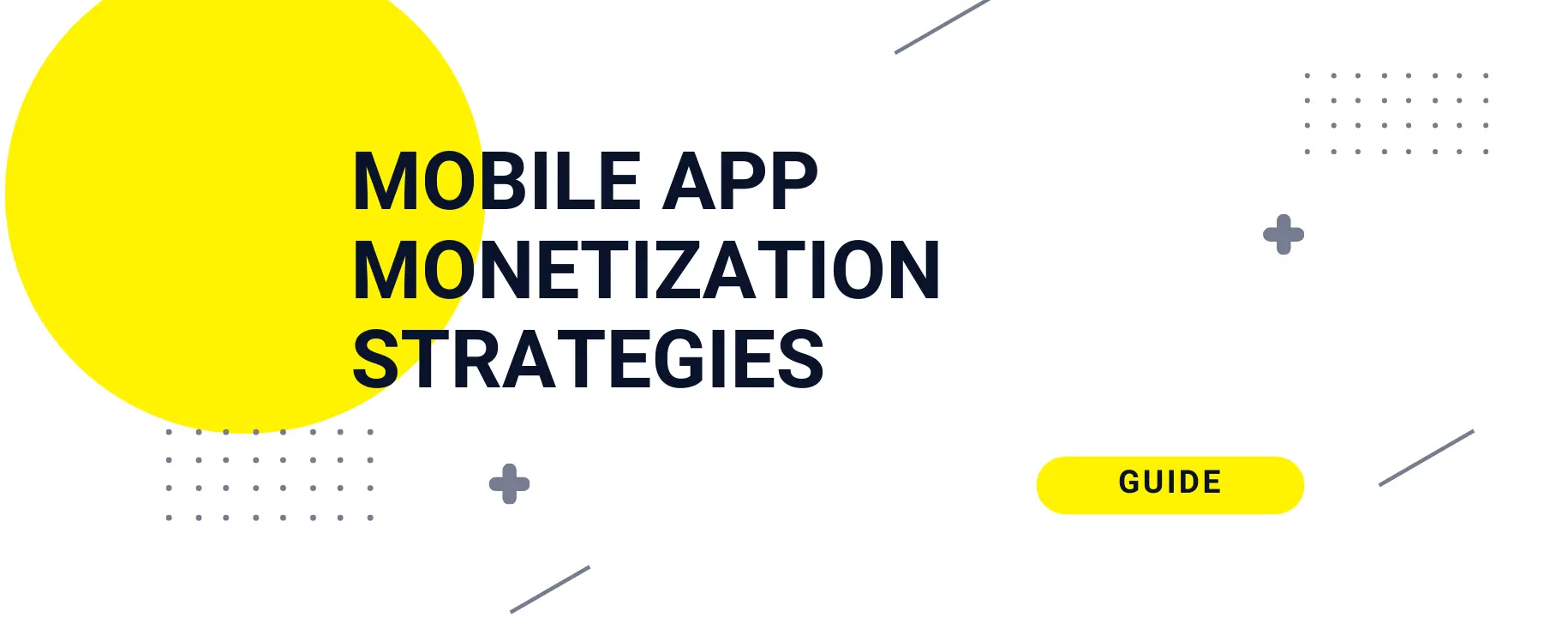


Table of contents
- Struggling to monetize your mobile app? 2025 could change everything
- What is app monetization?
- Why traditional mobile app monetization are no longer enough
- Current monetization strategies falling short? The trends you can’t afford to miss
- Mobile app monetization strategies for 2025: How you can unlock new revenue streams
- Should I make my app free or paid?
- App monetization ideas for 2025
- Conclusion: How to apply the best mobile app monetization strategies for maximum revenue in 2025
Contributors

Struggling to monetize your mobile app? 2025 could change everything
You’ve invested significant time and effort into developing an incredible mobile app. Now comes the critical step—turning it into a profitable product. Yet, like many tech leaders, you might find yourself grappling with how to effectively implement mobile app monetisation in today’s fast-paced, competitive market.
It’s a common challenge, but with the right strategy, you can navigate this phase and unlock your app’s full revenue potential. If you’re looking to make 2025 the year that turns your app into a revenue-generating machine, let’s dive into some common hurdles you might be facing.
What is app monetization?
The mobile app market is booming, much like the rest of IT. This is because app developers and publishers are always coming up with new and exciting ways to improve mobile consumers’ lives. Users of mobile devices run up to 5.4 hours on average per day on their phones.
So what does that mean? Well, the increasing reliance on smartphones and, implicitly, mobile apps opens a window of opportunity for new ways of turning usage into profit. Thus, mobile app monetization strategies get more and more attention.
Follow this guide and check out the latest trends and strategies for app monetization and what you should expect in the near future.
Why traditional mobile app monetization are no longer enough
If you’ve been using traditional mobile app monetization models, it could be a good idea to take a fresh look at your strategy. The days of relying on just a paywall or a handful of ads are behind us. Today’s smart users look for greater value and smooth experiences.
Have you ever uninstalled an app because the ads were too annoying or the premium features didn’t seem worth the cost? If your mobile app’s revenue model doesn’t match what users expect, you could be losing out on potential income. Keeping your audience engaged is essential, and it’s important to present a monetization strategy that feels genuine rather than a quick cash grab.
The hidden costs of poor app monetization
Has the hidden cost of bad app monetization ever crossed your mind? It’s easy to miss these when you focus on the revenue-generating parts of your app. Not implementing an effective strategy can waste resources, cause missed opportunities, and seriously impact your bottom line.
If your app’s monetization models don’t match your target audience, you might end up spending more on acquiring users than you actually make in revenue. Users feeling frustrated by irrelevant ads or awkward in-app purchases might decide to uninstall the app and leave negative reviews, which can hurt your app’s reputation.
Poor mobile app revenue models can trigger a domino effect that affects the success of your entire app. Addressing these hidden costs from the start helps you position your app for better profitability and long-term success in the market.
Competing in a saturated market: Why your app’s monetization needs a revamp
In 2024, the Apple App Store is expected to host around 1.83 million apps, while the Google Play Store remains the largest app repository with approximately 3.95 million apps. Where the average app earns only $1.79, an app monetization strategy is essential for standing out and boosting revenue.
The competition is not only the factor that needs attention in the revamping process of your mobile application monetization.
Evolving consumer behavior shows a clear shift from traditional subscriptions to ad-hoc purchases as users increasingly seek more flexibility and better value for their money.
In response to evolving consumer behavior, diverse monetization models have gained traction, with hybrid approaches that combine in-app purchases, subscriptions, and advertising. These mobile app monetization models maximize revenue potential by catering to different user segments, offering flexibility and multiple ways for users to engage with and support the app.
Particularly in AI integration, present a significant opportunity to enhance app monetisation. AI can increase consumer spending by personalizing user experiences and optimizing engagement. Innovating and creating new revenue streams can further enhance the effectiveness of your hybrid monetization model, ensuring that your app remains competitive in the evolving marketplace.
Current mobile application monetization strategies falling short? The trends you can’t afford to miss
Rising user expectations: How poor app monetisation impacts retention
Assume you’ve just released a well-designed app that people are really excited about. Your downloads are looking great, and your user base is on the rise—things are really moving along nicely. As time passes, you begin to see a concerning pattern: users are leaving at an alarming rate. What’s going on?
The issue is that you relied too heavily on annoying ads and a paywall that lacks value. Users seek a smooth experience; constant pop-ups and charges for basic features will lead them to uninstall your app in favor of one that respects their time and attention.
You might be surprised at how often this scenario happens. When your app’s monetization strategy fails to meet user expectations, you risk losing users and harming your brand reputation, making it harder to attract new users. Without innovation and adaptation, your app could become just another forgotten icon on a crowded home screen.
The competitive edge you’re losing by ignoring emerging app monetisation trends
Modern users are more selective with in-app spending, making flexible payment options and subscription tiers essential. Apps that don’t adapt to these user-focused strategies risk losing their audience to more innovative competitors.
For example, YouTube employs a hybrid model, offering free access with ads, an ad-free subscription with YouTube Premium, and in-app purchases for services like YouTube TV. This approach caters to both casual users and power users who want a premium experience.
In addition to hybrid app monetization models, rewarded advertising boosts engagement without disrupting the user experience. AI integration personalizes content to increase conversions, and tipping systems enable users to support creators directly.
Remember: Users are more likely to invest in an app that grows with them. If your app doesn’t keep up, it won’t just be a missed chance—it might end up disappearing altogether.
Mobile app monetization strategies for 2025: How you can unlock new revenue streams
Best app monetization strategies for 2025
No matter how much profit you want to make off of your mobile app – don’t forget your main focus: a great user experience. The best possible user experience will be the main emphasis of mobile app monetization strategies in 2025.
This might spell trouble for the old good app monetization strategy, the in-app advertising.
Don’t lose hope; non-intrusive ad formats can still succeed. Plus, we’ve compiled the best mobile app monetization strategies below, so you won’t miss a thing.
1. In-app monetization model
As mentioned before, in-app advertising plays a big role in how apps make money. It’s about where you put ads in your app. In-app advertising is a relevant monetization model for various sectors and offers many options for showing ads to users. Here’s a quick overview of some ways to monetize within an app:
- In-app native advertising lets marketers pay without affecting your app’s user experience. Native ads imitate your app’s appearance. It gives app users a wonderful experience while showing ads. Since native advertisements must respect your app’s appearance and functioning, they may be more innovative. Check the YouTube app monetization methods mentioned above.
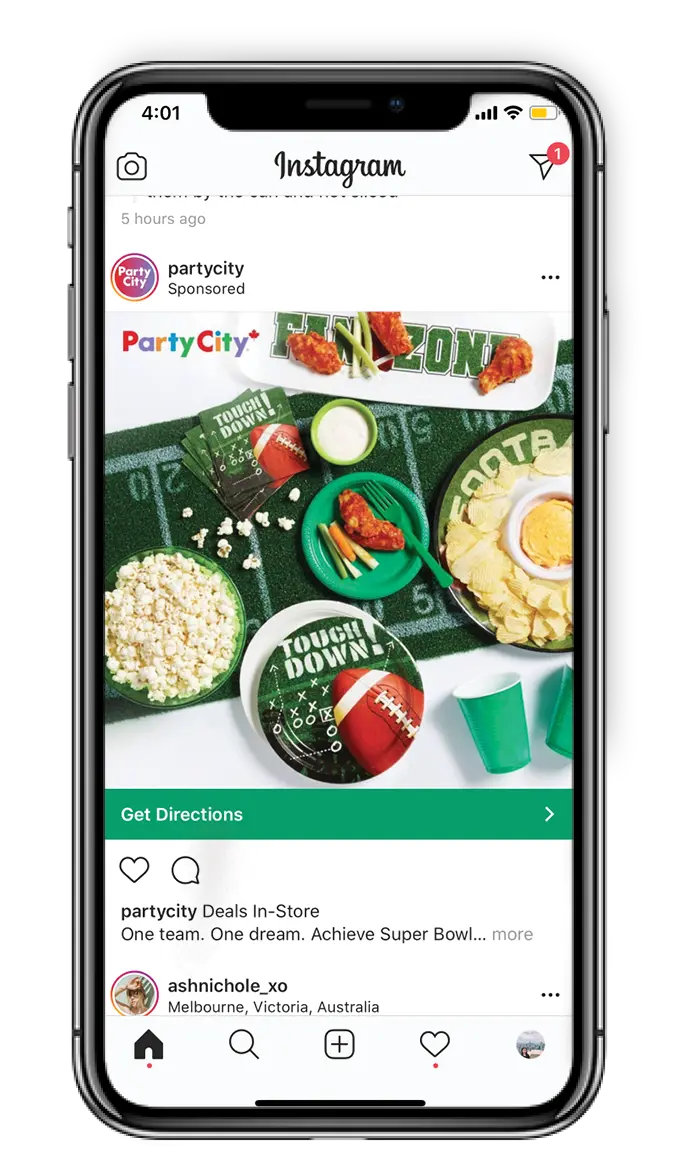 Source: Tradeable Bits
Source: Tradeable Bits
- Interactible ads: User-driven gameplay is a great approach to showcasing a mobile game’s capabilities. Playable advertising lets consumers experience certain parts of your game without installing it. In recent years, advertisers have favored playable ads.
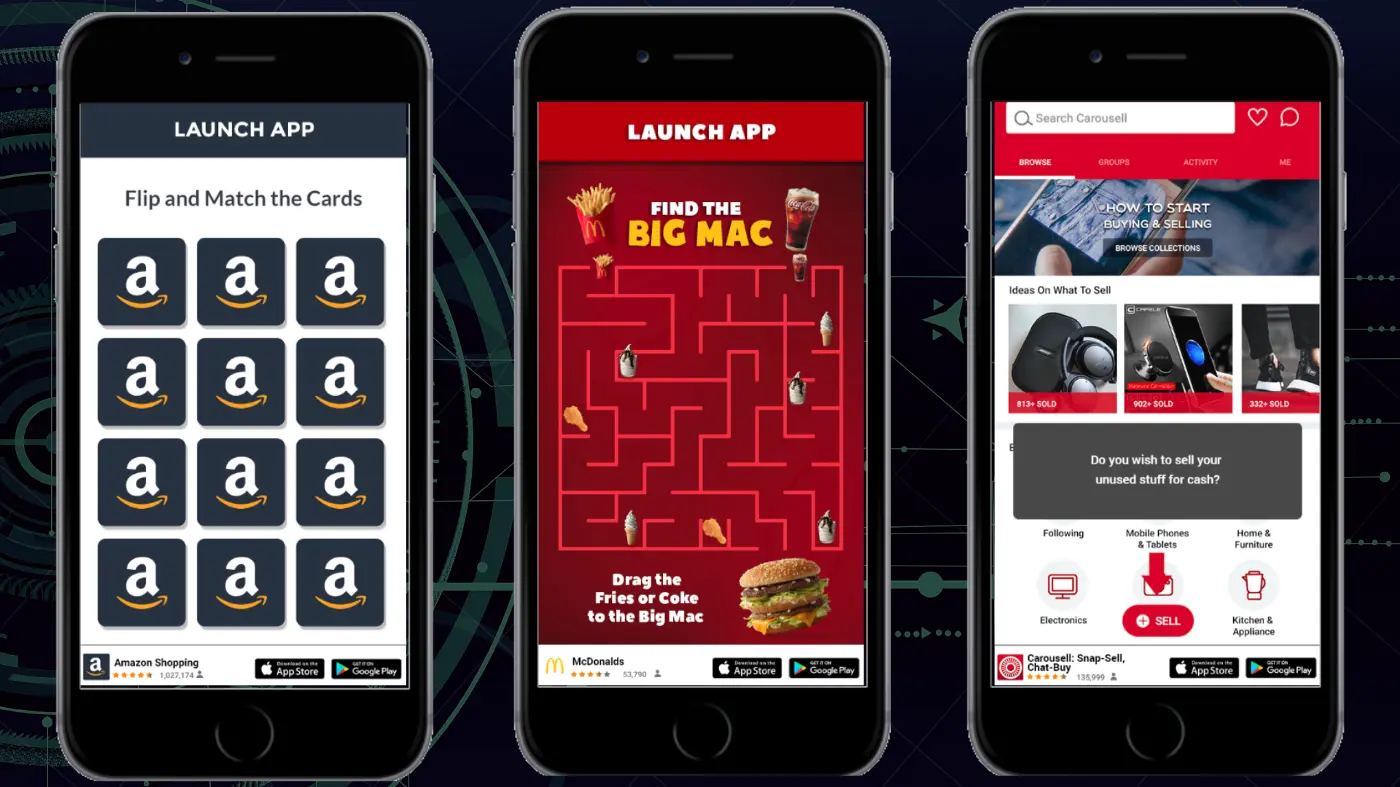 Source: mobupps
Source: mobupps
- Rewarded video: For watching a 30-second mobile commercial, a game may reward players with extra lives or cash. The in-game advertising market worldwide is projected to grow by 9.91% (2024-2027), resulting in a market volume of US$145.50bn in 2027, according to Statista.
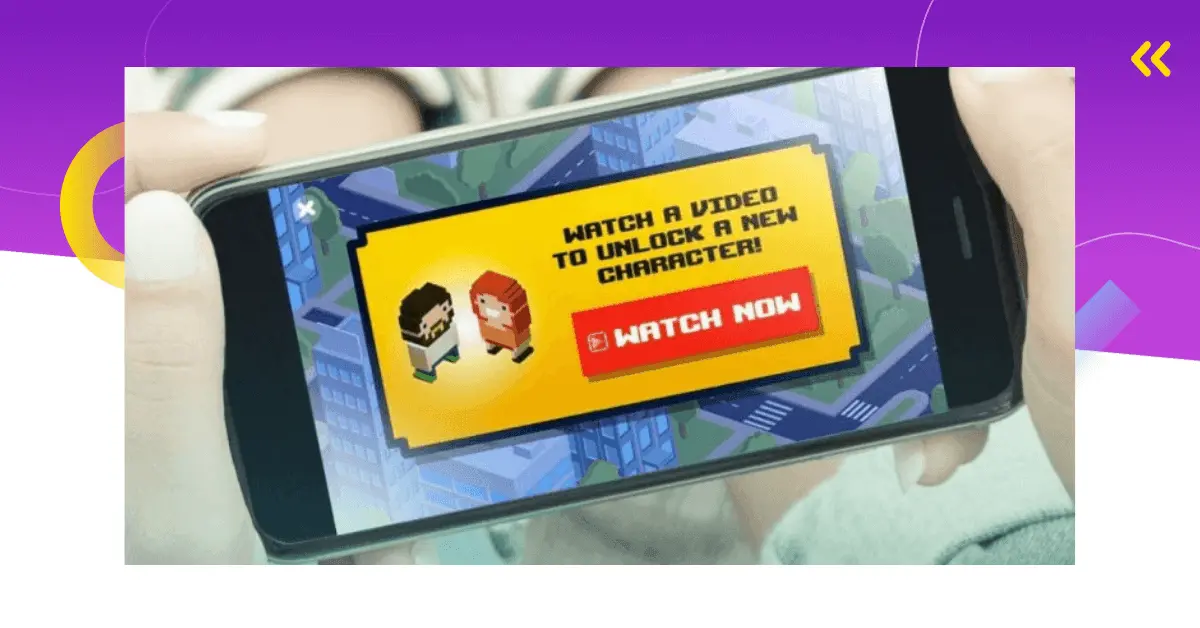 Source: udonis
Source: udonis
- Banner advertising: Smartphone banner ads are small and easy to ignore. IOS banner ads cost $0.20 to $2.00, while Android banner ads cost $0.15 to $1.50.
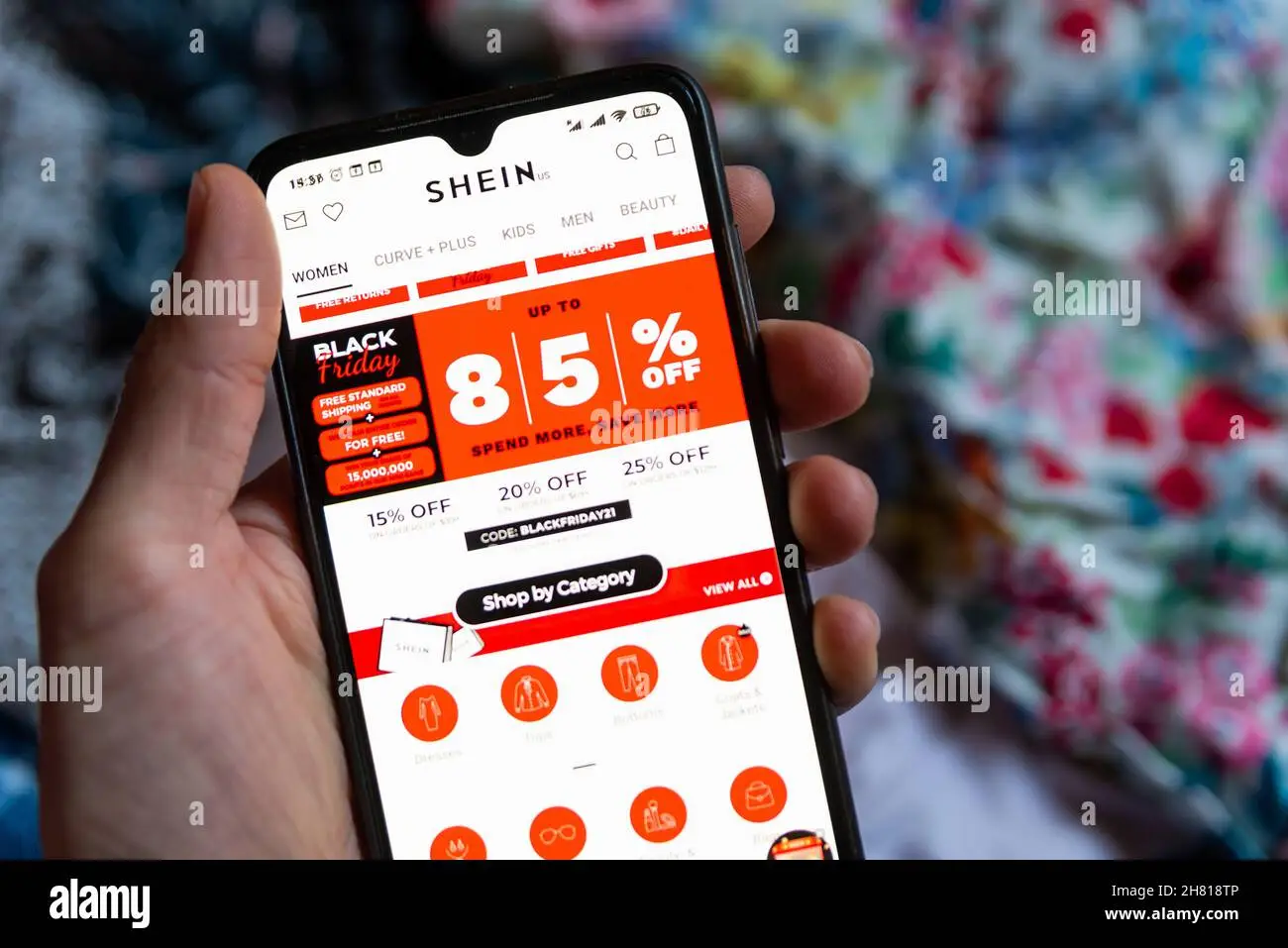 Source: Alamy
Source: Alamy
2. Freemium app monetization model
There are quite a few apps that provide a freemium service, allowing users to download them for free and use the features while seeing some ads. It’s unlikely that users will buy an app they haven’t tried out first. Because of this, many developers offer a freemium service, allowing users to test the apps before deciding to subscribe.
Offering a freemium service lets you highlight the value of your product, helping users see why it’s worth buying. The freemium app monetization model is quite popular because it makes it easier to attract users when your app is available for free. Also, users who don’t sign up for your premium service can still generate revenue through in-app ads.
3. Subscription-based apps
The subscription model lets users enhance their experience and get rid of ads. A Sensor Tower Survey revealed that the sales of the top 100 premium apps in the US saw a 21% increase in 2019, rising from $3.8 billion to over $4.6 billion. A great example of a subscription monetization model is the Spotify model.
Anyone can easily download and start enjoying music with ads, but to access the unlimited ad-free experience, a monthly subscription is required.
Should I make my app free or paid?
First, if you have a paid app, you’ll earn money from every user. In contrast, a free app can attract many more downloads (up to 1,000 times more), but you’ll only generate revenue from select users. Does this income hope hurt more than guaranteed income? You’d be surprised to find out that’s not the case at all.
Only 24% of App Store profit revenue comes from paid apps, according to Distimo. Another 5% of profit revenue comes from in-app purchases within those “pay-to-download applications, and 71% from in-app purchasing coming from free apps.
User commitment and feedback might weigh more in the long run for your profits because:
- Users will have lower expectations and lose nothing by installing your free app, so by not losing any money there’s a higher probability of a positive review by a user that’s impressed with the quality of your mobile app and a lower risk of a poor review. The simple rule is that people demand more from apps with greater prices.
- You’ll gain more downloads with the free app, but many will download it out of curiosity. This is your chance to catch their eye.
App monetization ideas for 2025
Ad-supported apps
When a mobile app is based on this model, it means that people can get free access or information. How can you profit by that? Well, by using this app monetization model, you basically allow brands and companies to host their ads and display them to your audience.
And people really enjoy getting freebies and free services, so there’s the main advantage of the ad model.
Though, this model has a drawback: you won’t be able to generate direct revenue. Even if you draw in a big crowd, offering the service for free still comes with its own expenses. You might not be able to maximize all the earnings from the monetization.
Think about Facebook and Google Ads that use real-time bidding to offer highly targeted, competitive ads within their apps. This method ensures that the most relevant ads reach users, resulting in higher engagement and revenue.
Implementation Tip: If your app has ad placements, consider integrating RTB (real-time bidding) platforms like Google’s AdMob to maximize revenue by allowing advertisers to bid for ad space in real time.
Tipping systems
These are growing monetization strategies for apps with strong creator-user dynamic or community-driven content. This app monetization model allows users to directly support content creators or app developers through voluntary contributions, offering an additional revenue stream.
Platforms like Twitch use tipping, allowing users to support streamers with digital currency while taking a small percentage. For apps focused on live streaming or creator content, integrating tipping can boost user engagement and provide fans a direct way to support their favorite creators.
Affiliate marketing monetization in apps
Affiliate marketing may be the ultimate app monetization strategy. Basically, affiliate marketing lets you earn a commission by suggesting and promoting other companies’ products and services to app users.
After choosing your affiliate partners, maximize this app monetization model by doing the following:
- Create high-quality app content that engages users and boosts affiliate revenue.
- Use native ads that blend sponsored material into your app’s interface.
- Implement deep linking, which redirects your customers to your affiliate, boosting traffic and sales.
Conclusion: How to apply the best mobile app monetization strategies for maximum revenue in 2025
While you create your monetization plan, consider how to effectively monetize your app and engage your audience in valuable ways.
Using AI to personalize upselling
Think about building an app that gives your users tailored recommendations just for them. Using AI and machine learning, you can observe how users behave and what they like, allowing you to recommend premium content, features, or services that really match their needs. This personalized experience can boost conversion rates, resulting in more users choosing to upgrade to premium subscriptions.
Subscription-based communities and micro-niches
Think about exploring the potential of niche communities like Patreon, where creators offer exclusive content and private forums to paying subscribers. For example, a fitness expert might provide premium workout videos and a members-only community for personalized advice, creating value for users willing to pay for exclusive access.
Sustainability and ethical consumption models
As consumers focus more on sustainability and ethical choices, consider creating an app that reflects these values. For example, Ecosia plants trees with its ad revenue. Similarly, your app could offer premium features like tools to track and reduce carbon footprints or recommend ethical products. Users could subscribe for in-depth sustainability reports or exclusive eco-friendly product deals, monetizing the demand for ethical consumption and environmental impact.
AI-Generated digital friends and avatars
AI companions and avatars are becoming more popular. Picture Replika, which offers AI companions that users can chat with to improve their mental well-being or simply for companionship. Building on this concept, an app could allow users to create personalized AI avatars that assist with tasks like productivity, mental health, or gaming.
AI-Driven automation offered as a service
Offering AI-driven automation can really make a difference if you want to provide genuine value. Consider the Buffer app monetization model, a social media scheduling app that automates the process of planning and posting content across various platforms. Expanding on this, an app could use AI to automate tasks like managing personal finances (e.g., tracking expenses and budgeting) or organizing emails (e.g., smart filtering and prioritizing).
By employing these best mobile app monetization strategies, you can not only enhance user engagement but also ensure your app becomes a sustainable revenue generator in the digital market.
Outsourcing vs. In-house Development: Why Romania is the Best Middle Ground
The Talent Pool in Romania: Why Global Companies Hire Developers Here
The Real Cost of Software Outsourcing: Why Romania Offers the Best ROI